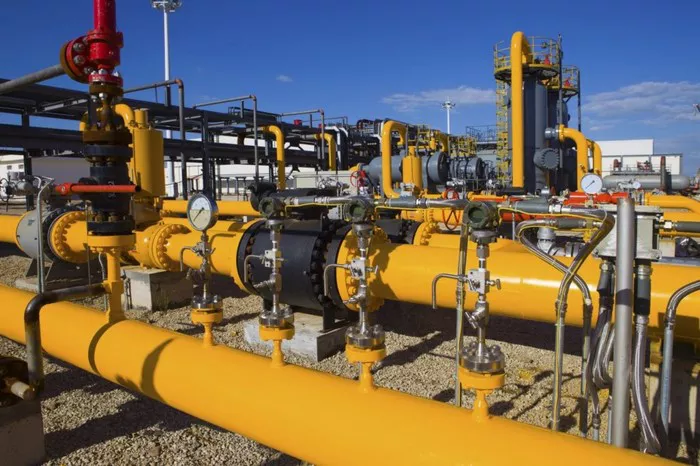Oil prices edged lower in early Asian trading on Wednesday as President Donald Trump’s erratic tariff policy stoked concerns about weakening global economic growth and fuel demand.
Brent crude futures fell 17 cents, or 0.26%, to $64.08 a barrel by 0015 GMT. U.S. West Texas Intermediate crude futures fell 12 cents, or 0.2%, to $60.3 a barrel. Both benchmarks hit their lowest settlement since April 10 in the previous session.
A Reuters poll showed that Trump’s tariffs on U.S. imports could cause a global recession this year.
In response to the highest tariffs on U.S. products, China also imposed tariffs on U.S. imports, sparking a trade war between the two largest oil consumers.
Concerns about demand during the trade war weighed on investor sentiment, said Daniel Hynes, senior commodity strategist at ANZ Bank. “There are also concerns that recent strength in U.S. economic data is temporary as people stockpiled ahead of tariffs that now appear to be easing,” he added.
Data on Tuesday showed U.S. consumer confidence fell to its lowest level in nearly five years in April amid growing concerns about tariffs.
On the supply side, market sources on Tuesday reported a 3.8 million barrel increase in U.S. crude inventories last week, citing data from the American Petroleum Institute (API). [API/S]
U.S. government inventory data will be released at 10:30 a.m. ET (14:30 GMT) on Wednesday. Analysts polled by Reuters on average expect U.S. crude inventories to have risen by 400,000 barrels last week. [EIA/S]
The potential for an increase in production by the Organization of the Petroleum Exporting Countries and its allies, or OPEC+, has also weighed on oil prices, especially as the U.S.-China trade war weighs on demand.
Sources told Reuters last week that several OPEC+ members will recommend an increase in production for a second straight month in June.
Related topics:































